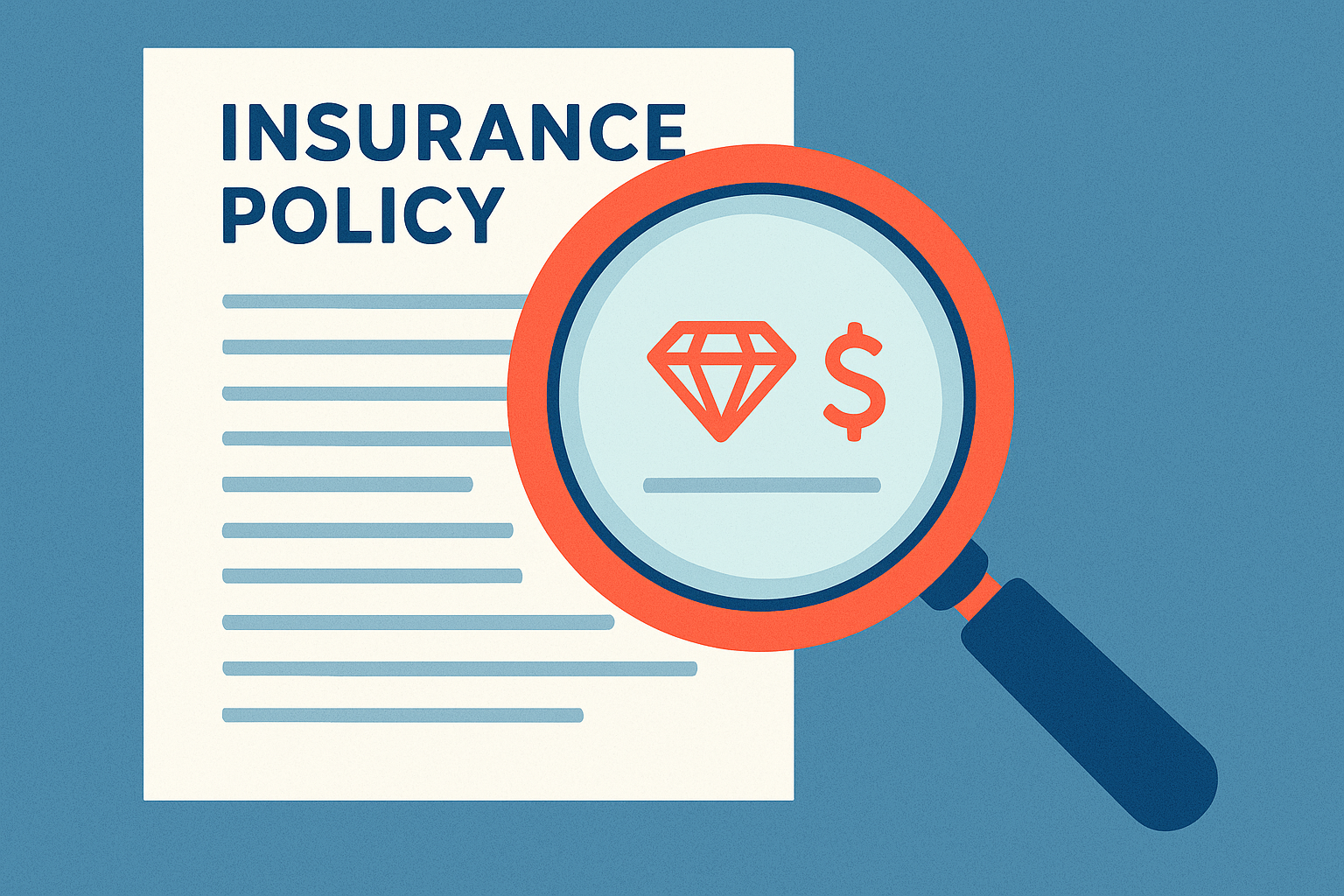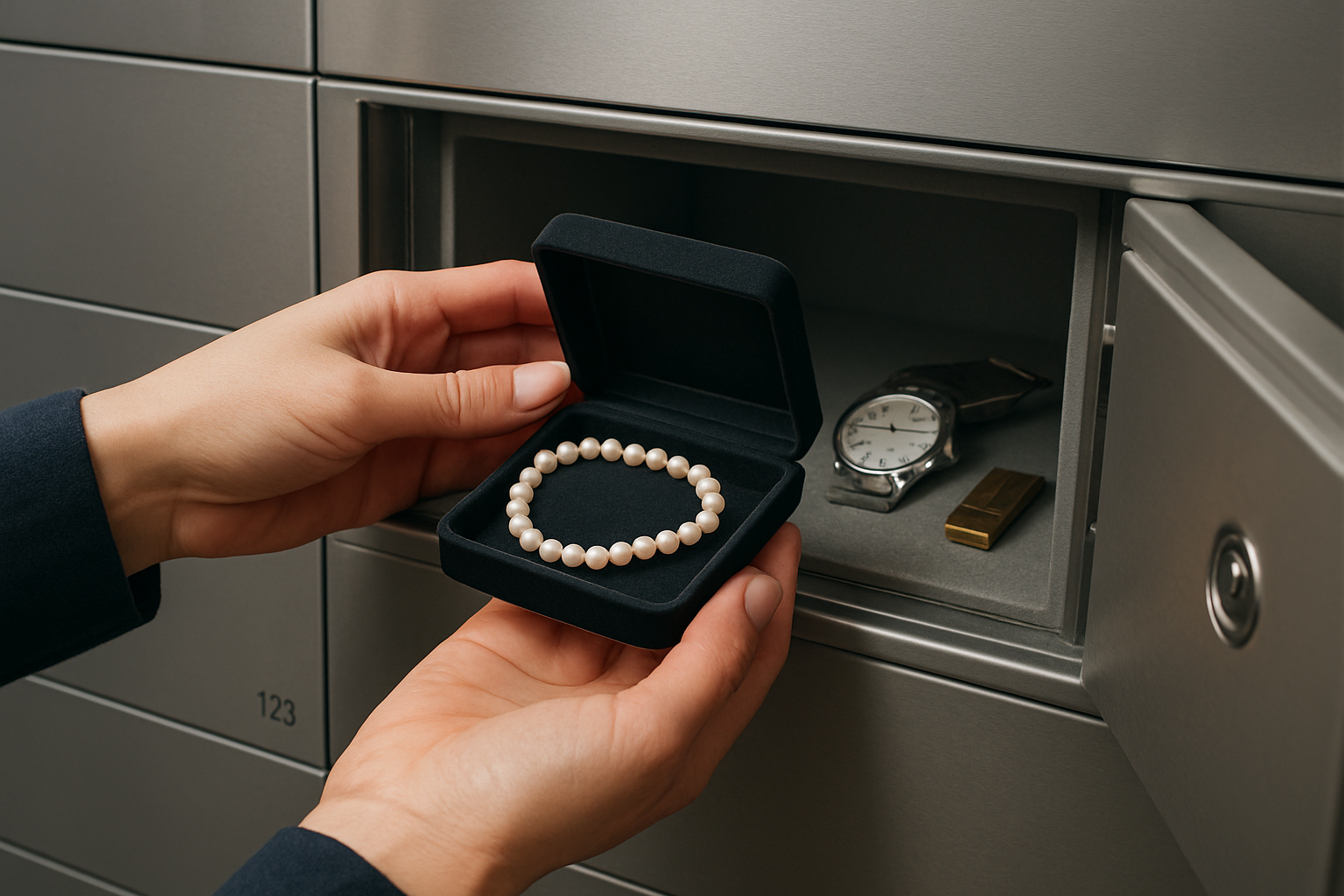







Discovering theft is devastating, but inadequate insurance claim settlements can cost you even more. Without a proper approach and certified appraisals, you might only receive a fraction of what your item value. Whether you're dealing with stolen jewelry, artwork, antiques, or business equipment, knowing how to prove value can mean the difference between financial recovery and loss.
Your actions immediately following a theft are critical to the insurance claim process. Every insurance company demands a police report for theft claims so it should be your first step. You should also provide detailed descriptions and avoid lowballing value estimates that you'll later revise upward.
WARNING Major discrepancies between your police report and insurance claim might trigger fraud investigations.
If you have security systems, preserve all footage immediately, or photograph all evidence of forced entry. Back up your recordings and provide copies to the police and your insurance company. Once you've secured the scene and filed reports, your focus should shift to documentation and proving value for your insurance claim.
For a successful claim, you must prove ownership and you must prove value. The gold standard of insurance evidence is a certified appraisal. For items like art, antiques or valuable jewelry, this provides an objective valuation that is difficult for an insurer to dispute.

Most standard insurance policies provide “Actual Cash Value” (ACV), which pays the replacement cost of an item minus depreciation for age and wear. A far better option is “Replacement Cost Value” (RCV) coverage, which pays the full amount needed to buy a new, similar-quality equivalent. RCV coverage costs more but it offers greater financial protection.
Beyond the type of coverage, also be aware of policy limits on high-value categories. For instance, a standard homeowner’s policy might cap reimbursement for a jewelry collection at just $1,500-$2,500, regardless of its true worth. The only way to ensure full coverage is through scheduled valuable appraisals and individually listing each item with its professionally appraised value.
REALITY CHECK Without scheduled valuable appraisals, your $20,000 ring might only be covered for a fraction of its value.
Insurance claim denials often stem from documentation issues or insufficient proof of ownership, which is a common challenge for inherited items.
Claims can also be rejected due to policy violations. It is important to be precise with your claim; even slightly inflating the value of stolen items can lead to an investigation and void your entire claim.
Certified appraisals provide legally defensible documentation that insurance companies struggle to dispute, and current appraisals eliminate guesswork from the claims process. This typically accelerates settlements and results in higher payouts.
THE APPRAISAL ADVANTAGE A certified appraisal shifts the burden of proof to the insurance company, making it difficult to dispute the value of your stolen items.
If you don't have current appraisals for stolen items, post-loss appraisal for insurance purposes can still improve your settlement. Though this can be challenging because the physical items no longer exist, qualified appraisers can reconstruct values from photographs, receipts, and detailed descriptions.
Q. How long do I have to file a theft insurance claim?
A. Report theft within 24-48 hours of filing a police report. Some policies allow 30 days, but delayed reporting is a top reason for denials. Always report immediately to protect your claim.
Q. What if I don't have receipts for stolen items?
A. You can still file a successful claim. Insurance companies accept credit card statements, email confirmations, warranty registrations, and photos showing items in your home. Gather as much alternative documentation as possible.
Q. Do I need an appraisal for insurance if the item was a gift?
A. Yes, gifts present documentation challenges because you lack purchase receipts. For valuable gifts like jewelry or artwork, obtaining a professional appraisal becomes critical to establish authenticity and value.
Q. How long does a theft insurance claim take to settle?
A. Simple theft claims with complete documentation typically settle within 4-8 weeks. Complex claims requiring investigation can take 3-6 months or longer. Current professional appraisals accelerate the process by eliminating valuation disputes.

The most effective way to handle a theft claim is to prepare before a theft ever occurs. To do this you need to create a detailed home inventory and review your insurance policy to understand its limits. These require a current appraisal, and a periodic reappraisal every few years to ensure your coverage keeps pace with any value changes.
In a nutshell a professional appraisal helps take your insurance policy from a gamble into a guarantee. If you need to establish value for a new policy, strengthen an existing claim, or update your coverage, we are here to help. AppraiseItNow’s certified appraisers provide USPAP-compliant reports accepted by all insurance companies, ensuring you receive the compensation you deserve.




